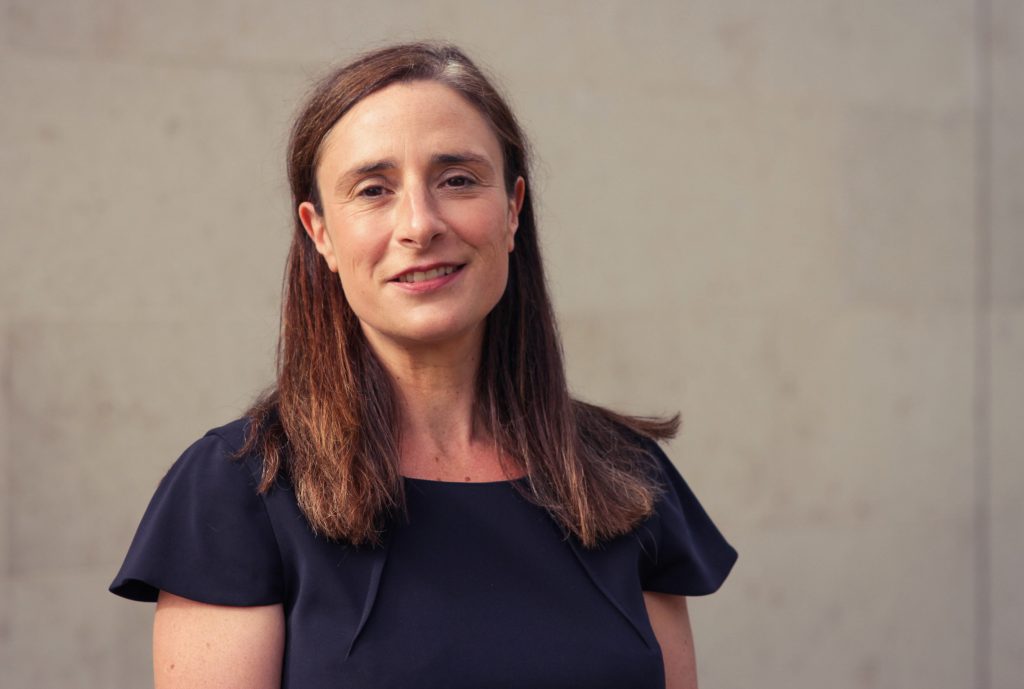
- The FCA has published rules for adding investments to the dormant assets scheme. It says this should mean another £880 million freed up from lost accounts for charities.
- The dormant assets scheme started in 2011 by freeing up money from dormant bank and building society accounts. Hundreds of millions of pounds have been given to good causes.
- In August 2022 the scheme was expanded to include insurance and pensions.
- Next it will be expanded to investment assets and client money.
The FCA has published the result of its consultation on the change and the new rules: PS24/10: Expansion of the Dormant Assets Scheme – second phase (fca.org.uk)
Sarah Coles, head of personal finance, Hargreaves Lansdown:
“This is set to provide a £880 million boost for good causes, using money that would otherwise just be languishing in forgotten investment accounts. However, it may spark panic among some investors – worried about losing money that’s rightfully theirs.
The good news is that even if you have assets that are scooped up by the scheme, you will still always have the right to get your money back at any time. If the owner of the investments has passed away, their family will always be able to reclaim it on their behalf. However, this money is no use to you if it’s stuck in lost accounts, so you need to take steps to track it down.”
Helen Morrissey, head of retirement analysis, Hargreaves Lansdown:

“The expansion of the dormant assets scheme means these unclaimed assets can be put to good use in helping fund social and environmental causes. However, the real solution is to prevent them going astray in the first place. The lost pension problem, for example, is huge, with an estimated 2.8 million of them in the system.
Recent government moves are already aiming to put a lid on the lost pot problem, with plans announced to develop a system whereby lost pensions are consolidated in one place making them easier to find. This could be further contained if the government looks to take forward the Lifetime Pension proposals, which will give people the power to nominate which provider will receive their contributions and could in theory mean they only have one pension throughout their career.”
Tracking down lost assets
Child Trust Funds
You can track down your CTF through the government website – as long as you have parental responsibility for the child. Once you’ve been reunited with your CTF, you should consider transferring the money to a Junior ISA. Cash JISAs tend to offer higher interest rates, while investment JISAs may have wider investment choices and some are available without charges
Premium Bonds
Enter your bond number on the NS&I website to see if there’s anything outstanding. The best way to avoid missing any prizes in future is to have them paid directly into your bank account.
Lost savings and investments
If you know the business you held money with, contact them direct and ask. They will need you to prove your identity, but then will be able to track down your account.
If you’re not sure where your accounts are, you can try the My Lost Account website. It’ll take up to 90 days for all the institutions to get back to you, and then you need to contact them direct.
Lost pensions
With workplace pensions, you’ll need the name of the employer or the scheme, plus the dates you worked there. Once you have a phone number or address, get in touch and ask for contact details of the administrator. For personal pensions, try to dig out any old paperwork to give you an idea of where your money is held. If you can’t find any paperwork, try the government’s Pension Tracing Service (https://www.gov.uk/find-pension-contact-details).
Once you’ve found lost accounts, it may be a good idea to consolidate them.
The dos and don’ts of consolidation
Pensions
Helen Morrissey:
- “Do bear in mind that since auto-enrolment you may have had a pension with everyone you have worked for, so take the time to track them down.
- Do try to bring together as many pensions as makes sense for you. This won’t just cut down on the amount of admin you need to keep on top of, and help you see whether you’re on track for retirement, it also gives you a single overarching view of your investments. When you get to retirement, it also helps you make the best possible decisions based on all your retirement savings. You might, for example, choose to take a small pension as a cash lump sum and spend it. However, if you consolidate it into a larger pension, you’re more likely to leave it where it is and make the most of it.
- Do consider the type of pension you move to. This includes everything from fees to service. Consolidating into a SIPP will give you far more investment options.
- Don’t switch without considering exit fees or charges. These can be incredibly chunky, and in some cases means it’s just not worth making the move. Check you’re not missing out on any guaranteed benefits either.
- Don’t be in a hurry to switch a defined benefit pension (including final salary pensions). These are incredibly valuable, so anyone with a final salary scheme should think long and hard before surrendering their income. In most cases it’s not worth it.”
Savings
Sarah Coles:
- “Do close old accounts paying next to nothing and move your money somewhere it’ll work harder for you.
- Do consider all your savings in the round, so you can find the right home for them. Once you have an emergency fund (of 3-6 months’ worth of essential expenses while you’re working and 1-3 years’ worth in retirement) you can consider fixing cash you’ll need over the next five years for the periods that suit you best.
- Don’t forget the FSCS limit which protects the first £85,000 held with each institution if something was to go wrong. Consolidation shouldn’t mean busting this limit. You can still keep your savings in one place with NS&I or a cash savings platform, so you can take advantage of the best rates from a number of different banks, and still see them all in one place.
Investments
- Do consider bringing your investments onto a single platform, so you can keep track of performance and manage them more easily.
- Do consider transferring old paper share certificates online. Certificates are really easily lost, and far more expensive to trade than online. Investment platforms will transfer them onto the platform for you. This makes them easier to manage and trade. It also makes your tax return far simpler when you’re receiving dividends from a number of companies.
- Do take the opportunity to look at your overall portfolio. Having them together helps you check you have a sensibly diversified portfolio, and haven’t unwittingly invested more in some areas than you’d intended.
- Do look at the overall service and value to make sure you’re getting what you need.
- Don’t be afraid to transfer ISAs.
Current accounts
- Do close old current accounts you don’t use, to stop them being used by fraudsters.
- Do pay particular attention to accounts where you’re paying a fee.
- Don’t close an account you’ve had for years just before applying for credit. Banks like to see long-standing relationships, and while your credit record will recover fairly quickly from moving into a new account, you don’t want to do this at the wrong moment.
- Don’t close accounts with specific benefits. If you have one account for the interest on balances, but a separate one for fee-free holiday spending, there’s no harm in keeping both. Just don’t go overboard with so many accounts that you risk losing them.





